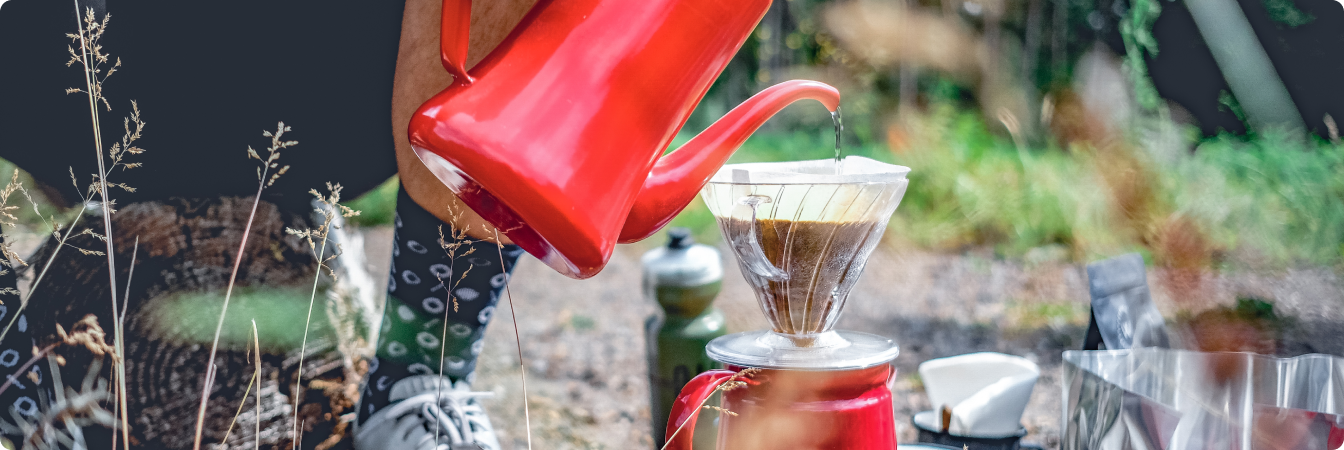Energising encounters
Stories that fuel our community.
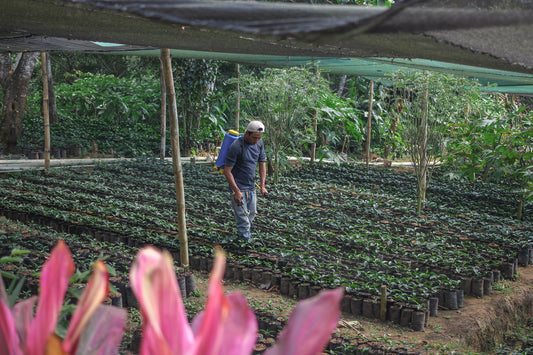
World Coffee Research: Crucial In An Ever-Chang...
Coffee seedlings being tended at a JASAL nursery, Santa Ana, El Salvador. The constant availability of quality coffee is not a foregone conclusion. Like many other species of flora and...
World Coffee Research: Crucial In An Ever-Chang...
Coffee seedlings being tended at a JASAL nursery, Santa Ana, El Salvador. The constant availability of quality coffee is not a foregone conclusion. Like many other species of flora and...
Read more
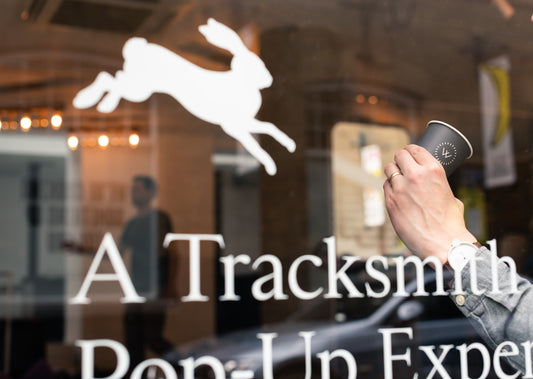
Workshop Coffee + Tracksmith | Join us at The T...
From Friday 26th April until Monday 29th April 2019, you'll find us brewing up filter coffee in Covent Garden alongside New England-based running brand, Tracksmith. Dedicated to championing the pursuit...
Workshop Coffee + Tracksmith | Join us at The T...
From Friday 26th April until Monday 29th April 2019, you'll find us brewing up filter coffee in Covent Garden alongside New England-based running brand, Tracksmith. Dedicated to championing the pursuit...
Read more
The 5th Floor Track Day 2019
Saturday 6th April 2019 saw the return of The 5th Floor Track Day for the fourth consecutive year. Kicking off race season for many of London's track cycling teams, the...
The 5th Floor Track Day 2019
Saturday 6th April 2019 saw the return of The 5th Floor Track Day for the fourth consecutive year. Kicking off race season for many of London's track cycling teams, the...
Read more
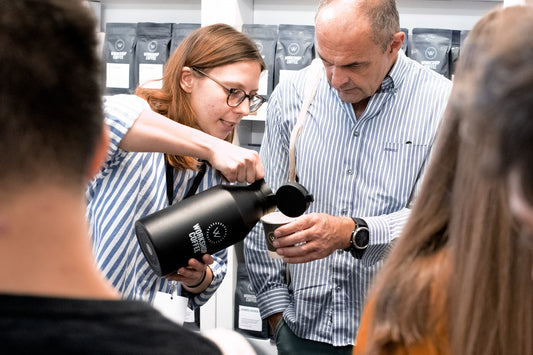
London Coffee Festival 2019 | Thanks for coming
An enormous thank you to the thousands of visitors that stopped past stand H01 at this years London Coffee Festival. It was an absolute pleasure to catch-up with a myriad...
London Coffee Festival 2019 | Thanks for coming
An enormous thank you to the thousands of visitors that stopped past stand H01 at this years London Coffee Festival. It was an absolute pleasure to catch-up with a myriad...
Read more
Calling time on our Holborn Coffeebar
It's hard to believe that it's been half a decade since we opened what was, in 2013, our second ever coffeebar. World-class in terms of its design, its levels of customer service...
Calling time on our Holborn Coffeebar
It's hard to believe that it's been half a decade since we opened what was, in 2013, our second ever coffeebar. World-class in terms of its design, its levels of customer service...
Read more
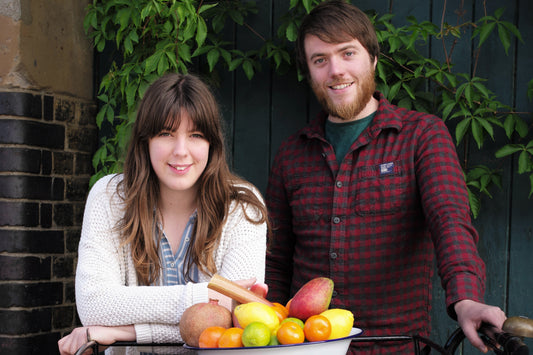
Love Your Work: Robyn Simms, Square Root Soda
Our ‘Love Your Work’ profile series sets out to discover and showcase individuals, organisations and initiatives, all of whom share our commitment to quality. To kick off 2019, we made...
Love Your Work: Robyn Simms, Square Root Soda
Our ‘Love Your Work’ profile series sets out to discover and showcase individuals, organisations and initiatives, all of whom share our commitment to quality. To kick off 2019, we made...
Read more
Our Christmas and New Year Opening Times
We’ll be roasting right up until Friday 21st December in Bethnal Green until we draw down the shutters for a short Christmas break. If you're in London between Christmas and New Year,...
Our Christmas and New Year Opening Times
We’ll be roasting right up until Friday 21st December in Bethnal Green until we draw down the shutters for a short Christmas break. If you're in London between Christmas and New Year,...
Read more
Love Your Work: Joanna Brennan
Our ‘Love Your Work’ profile series sets out to discover and showcase individuals, organisations and initiatives, all of whom share our commitment to quality. For the December instalment, we met...
Love Your Work: Joanna Brennan
Our ‘Love Your Work’ profile series sets out to discover and showcase individuals, organisations and initiatives, all of whom share our commitment to quality. For the December instalment, we met...
Read more
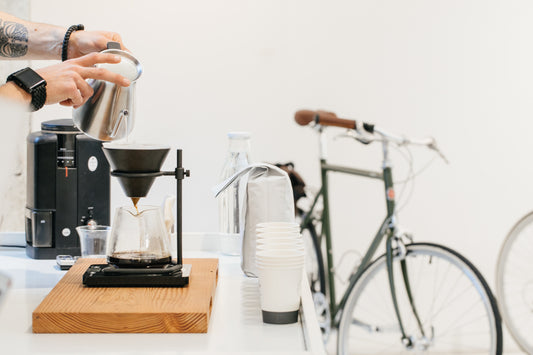
Slow Saturdays with tokyobike + Kinto Japan
The weekend brings with it the opportunity to take a little more time and be a touch more considered in the things we choose to do. That in turn allows us...
Slow Saturdays with tokyobike + Kinto Japan
The weekend brings with it the opportunity to take a little more time and be a touch more considered in the things we choose to do. That in turn allows us...
Read more
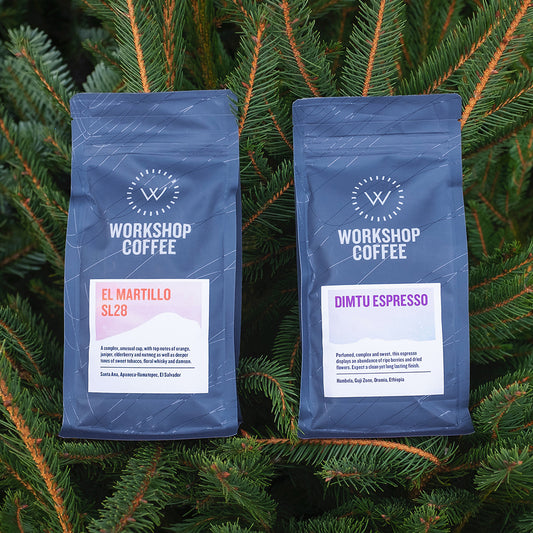
Two Fantastic Festive Coffees
"El Martillo SL28 from El Salvador and Dimtu Espresso from Ethiopia." Two years ago, we introduced our first two festive coffees for the holiday season and last year brought you...
Two Fantastic Festive Coffees
"El Martillo SL28 from El Salvador and Dimtu Espresso from Ethiopia." Two years ago, we introduced our first two festive coffees for the holiday season and last year brought you...
Read more
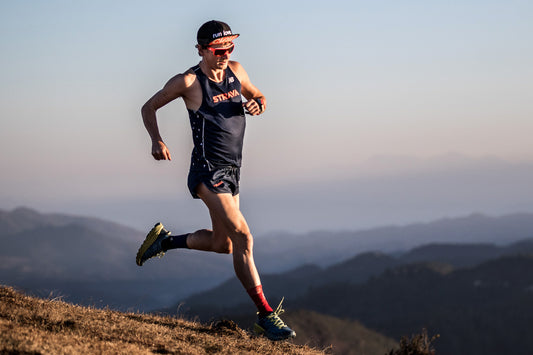
LOVE YOUR WORK: James Poole
Our ‘Love Your Work’ profile series sets out to discover and showcase individuals, organisations and initiatives, all of whom share our commitment to quality. This month, we met up with...
LOVE YOUR WORK: James Poole
Our ‘Love Your Work’ profile series sets out to discover and showcase individuals, organisations and initiatives, all of whom share our commitment to quality. This month, we met up with...
Read more
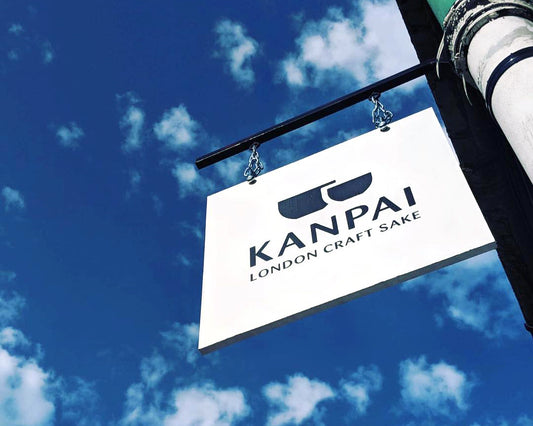
LOVE YOUR WORK: Kanpai Sake
Our ‘Love Your Work’ profile series sets out to discover and showcase individuals, organisations and initiatives, all of whom share our commitment to quality. This month, we headed down to...
LOVE YOUR WORK: Kanpai Sake
Our ‘Love Your Work’ profile series sets out to discover and showcase individuals, organisations and initiatives, all of whom share our commitment to quality. This month, we headed down to...
Read more
LOVE YOUR WORK: Ashley Palmer-Watts
Our ‘Love Your Work’ profile series sets out to discover and showcase individuals, organisations and initiatives, all of whom share our commitment to quality. Previously head chef at The Fat...
LOVE YOUR WORK: Ashley Palmer-Watts
Our ‘Love Your Work’ profile series sets out to discover and showcase individuals, organisations and initiatives, all of whom share our commitment to quality. Previously head chef at The Fat...
Read more
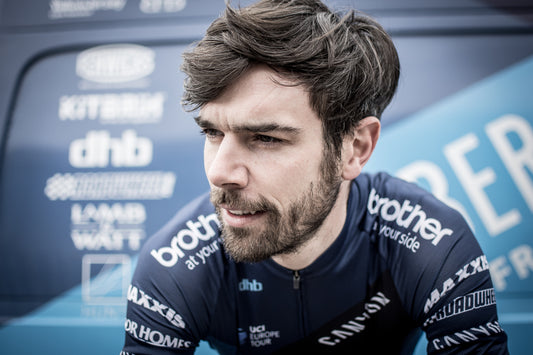
LOVE YOUR WORK: Andy Tennant
Our ‘Love Your Work’ profile series sets out to discover and showcase individuals, organisations and initiatives, all of whom share our commitment to quality. This month, we sat down...
LOVE YOUR WORK: Andy Tennant
Our ‘Love Your Work’ profile series sets out to discover and showcase individuals, organisations and initiatives, all of whom share our commitment to quality. This month, we sat down...
Read more

